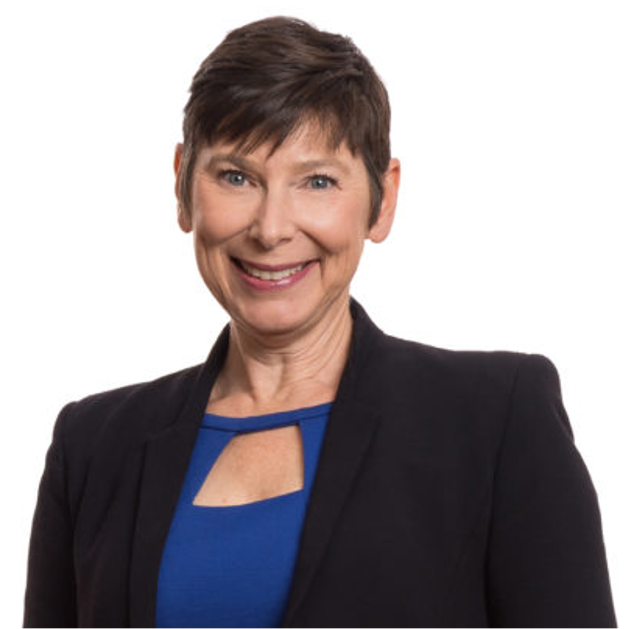Chamber News
February 2025 Chamber Connections | The Battle Against All or Nothing Thinking
February 20th, 2025
As the new year begins, we typically resolve to change our behavior or set an intention to enter the next 365 days with a focus on self-improvement. I have certainly made my share of promises to better myself (exercise more, eat better, read more books, etc.) over the years. Often, when I have failed to meet those goals, negative self-talk starts.

That goal of reading at least 20 pages each day feels achievable…until it isn’t. On track for 5 days and on the 6th, I can only keep my eyes open for 3 pages of the latest Susan Gregg Gilmore novel. And Day 7 gets away from me and I don’t even turn a page. In the past, this “failure” would trigger thoughts like” I never finish anything”, or “I am too lazy and lack commitment”.
Many of us battle a cognitive distortion known as “All-or-nothing thinking” in our daily lives. When we view a project, goal or interaction as either a success or a failure, based on a scale of 100% or zero, we are engaging in cognitive distortion. A cognitive distortion is an assumption we make based on minimal evidence or without evaluating the validity of the assumption.
Tips to battle “All or nothing” thinking:
Cognitive Reframing
Pay attention to the words you are using to describe the situation. Are they binary in nature? Are you only evaluating your circumstance on the 100 or zero % scale? Accepting your thoughts as the truth skews your perspective and can lead to poor interpretations of a situation.
In the moment:
- Practice mindfulness, which involves focusing fully on the present moment
- Talk to yourself the same way you would talk to a friend
- Show yourself compassion and kindness
- Cultivate gratitude
- Focus on the positive
Prepare for Difficult Days
Explore “yes, and”
Broadening binary thinking can improve cognitive flexibility. If you’re interested in learning how to stop polarized thinking, try to engage an extreme thought by exploring it with “yes, and.”
“Yes, I faced difficult things, and I also experienced good moments this week.”
“Yes, I’m a good person, and sometimes I make mistakes.”
“Yes, the plan is off schedule, and I have ideas to get us back on track”

Kelly Fuller
Senior Vice President of The Columbus Chamber Foundation
KellyFuller@columbus.org

